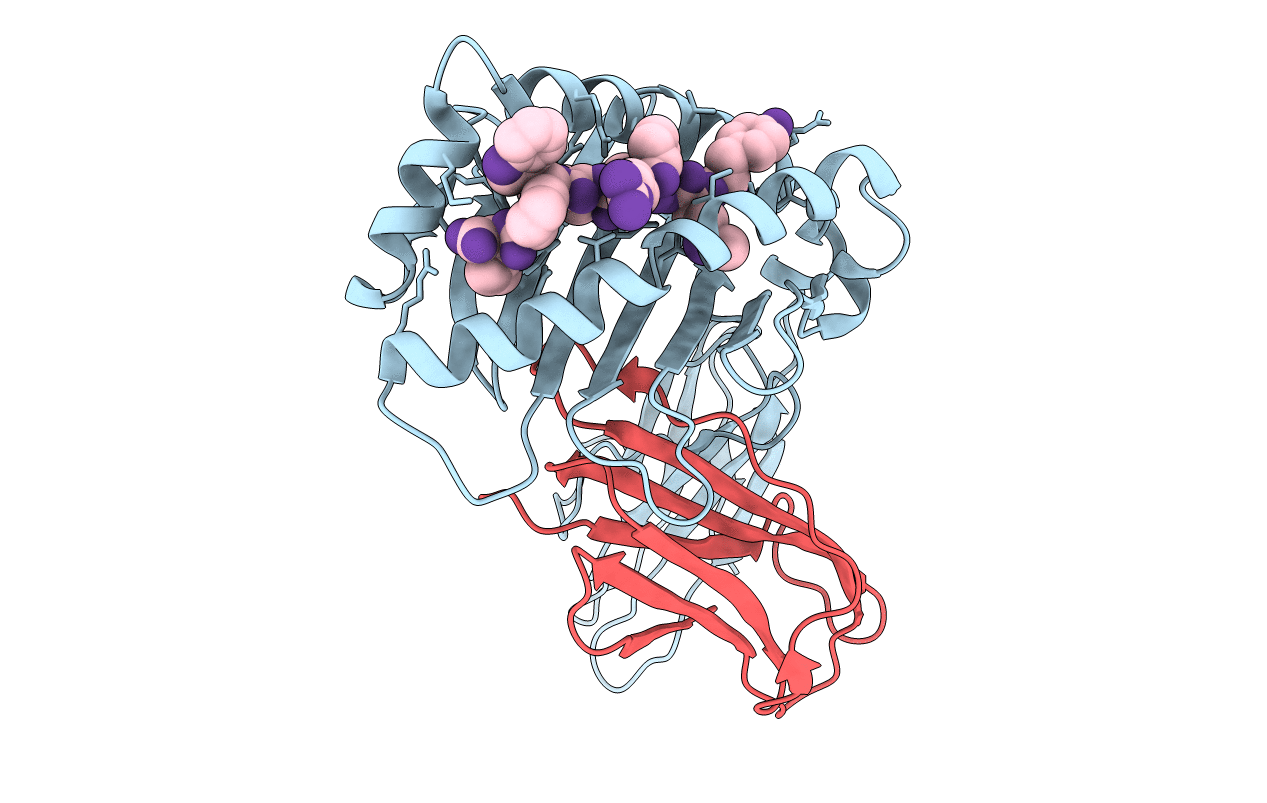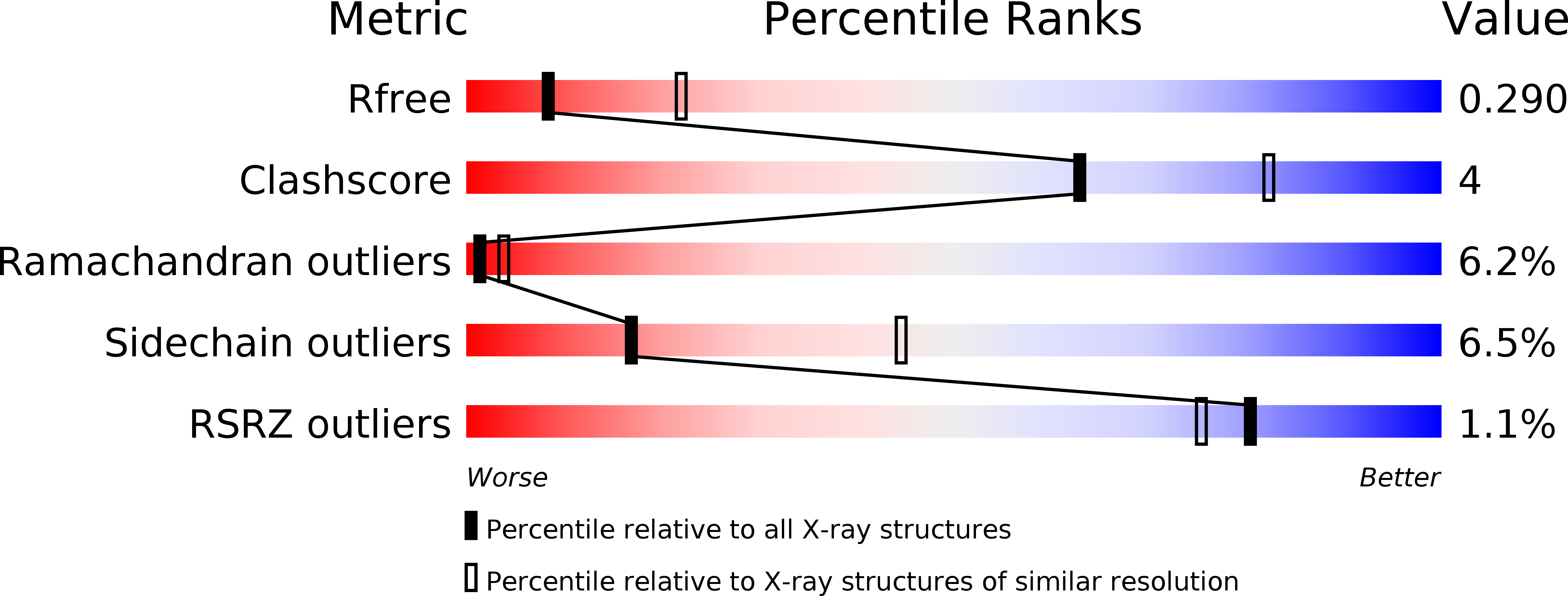
Deposition Date
2018-06-10
Release Date
2019-10-23
Last Version Date
2024-11-20
Method Details:
Experimental Method:
Resolution:
2.80 Å
R-Value Free:
0.26
R-Value Work:
0.20
R-Value Observed:
0.22
Space Group:
P 21 21 21


